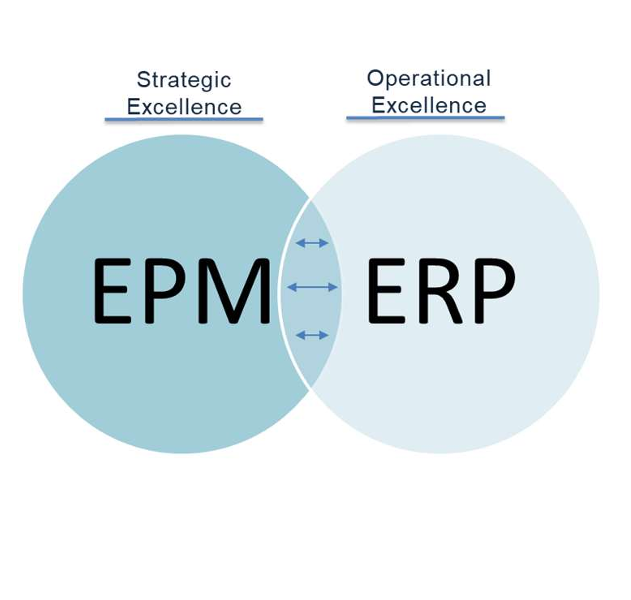Navigating Training and Change Management in EPM Implementations
Navigating Training and Change Management in EPM Implementations
Introducing an Enterprise Performance Management (EPM) system is more than a technology upgrade—it requires shifting organizational behaviors, redefining workflows, and nurturing a supportive culture. Successful transformations hinge on solid training strategies and robust change management practices, which drive adoption and sustain long-term impact for the client, as well as overall return on their investment.
Implement a Clear Change Management Framework
Start with a defined approach that includes leadership support, structured governance, and consistent progress tracking with thorough documentation. Adopting industry-standard best practices—such as comprehensive stakeholder analysis, frequent communication, and measurable targets—creates a foundation for repeatable, data-informed change management.
Activate Change Champions
Engaging influential employees early as change advocates helps drive peer-to-peer adoption. These champions explain the benefits, share real-world experiences, identify roadblocks, and foster trust. Their presence anchors change efforts and amplifies organizational buy-in.
Communicate Frequently and Transparently
Keep conversations open and ongoing. Start by explaining why the change matters, then outline how it will roll out and what each group can expect. Combining executive briefings, team huddles, digital updates, and Q&A channels builds awareness and minimizes confusion during transitions.
Measure Progress and Recognize Success
Adoption needs reinforcement after launch. Monitor metrics like system usage, process efficiency gains, and user sentiment through ongoing check-ins and pulse surveys. Celebrate early achievements, highlight role models, and provide recognition—these small wins can significantly boost morale and elevate platform usage.
Build Continuous Feedback and Improvement Loops
Set up formal channels—like surveys, feedback tools, and governance meetings—to capture improvement ideas and usage challenges. Then prioritize and act on that input to fine-tune training materials, update workflows, and address emerging user concerns. Continuous iteration fosters trust and enhances the system’s fit for purpose.
Establish an Ongoing Governance Function
To keep momentum after go-live, form a governance group or a Center of Excellence (CoE). This team oversees adoption metrics, manages ongoing updates, evolves training programs, and ensures best practices are maintained. A permanent governance structure turns a project into a living, evolving asset.
Structured Change Framework with Leadership Support: Appoint senior sponsors and a cross-functional governance team that regularly reviews adoption milestones and performance metrics—such as reduced cycle time or improved forecast accuracy—to ensure coordinated progress and accountability.
Role-Based, Blended Training: Deliver training tailored to each user group (e.g., finance, IT, leadership) using a mix of instructor-led workshops, self-paced learning, and hands-on exercises with real business scenarios to drive engagement and confidence.
Empowered Change Champions: Select influential employees from different departments to act as advocates, support peers, relay feedback, and reinforce new behaviors throughout the organization.
Transparent, Multi-Channel Communication: Maintain clarity and alignment by regularly informing stakeholders of the what, why, and how of change via varied channels like meetings, newsletters, and interactive forums.
Track Adoption and Celebrate Wins: Use system usage metrics, efficiency gains, and user satisfaction data to measure progress, and reinforce momentum through public acknowledgment and rewards.
Continuous Feedback and Refinement: Create mechanisms—such as surveys, help desks, and review meetings—to capture user input and rapidly adjust training, processes, and system configuration.
Ongoing Governance via a Center of Excellence: Establish a dedicated team to guide future updates, enrich training, oversee best practices, and ensure the EPM system continues evolving in line with business goals.













